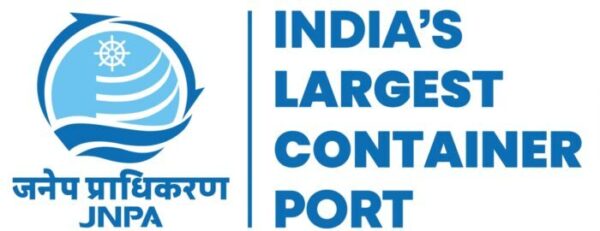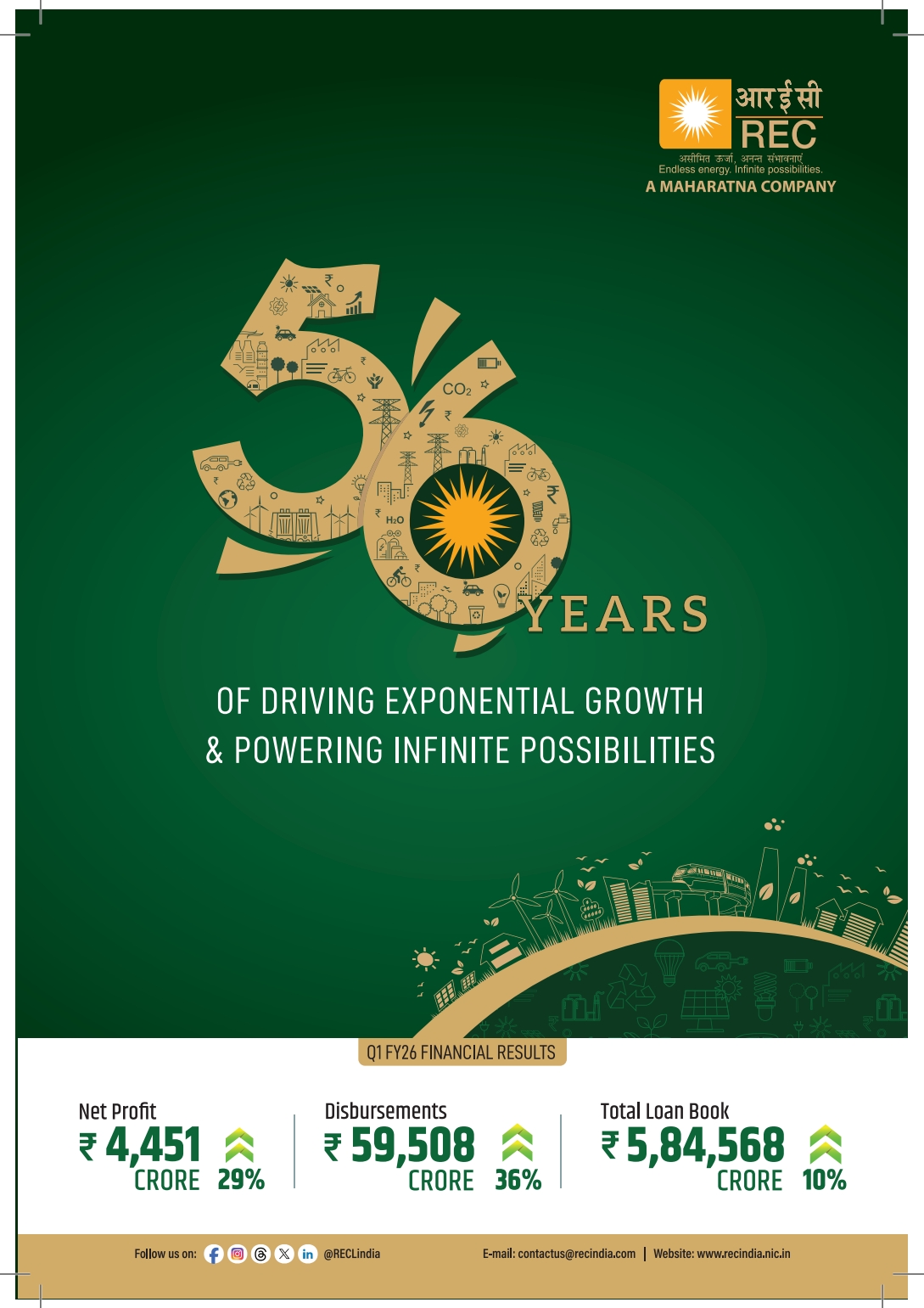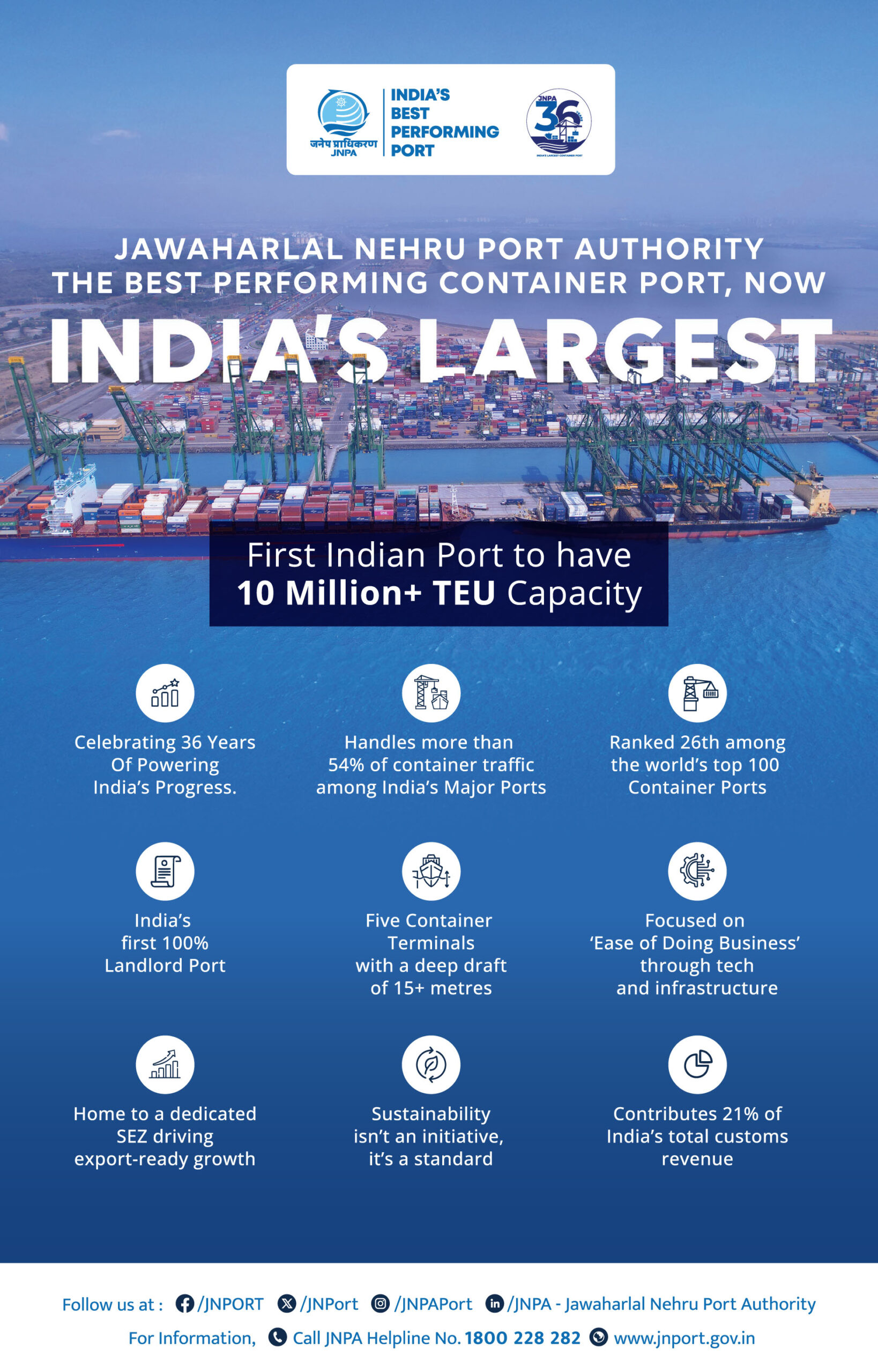India’s Banking Landscape: From Fragmentation to Consolidation
Sep 14th, 2025 12:20 pm | By ThenewsmanofIndia.com | Category: LATEST NEWS![]()
|THE NEWSMAN OF INDIA.COM | by Abul Hasan| The story of India’s banking sector has undergone a dramatic shift in the past few years. What was once a vast network of 27 public sector banks (PSBs) has, through a carefully planned consolidation exercise, been streamlined into a leaner, more robust system of 12 state-owned lenders.
The Push for Scale
The turning point came in 2019, when the government recognized that global competitiveness and financial resilience required large, well-capitalized banks rather than multiple mid-sized institutions. The objective was clear: to create stronger balance sheets, improve efficiency, and build lenders that could drive economic growth on a national scale.
The Wave of Mergers
The consolidation wave began with the merger of 10 PSBs into four major entities. In 2020, Oriental Bank of Commerce and United Bank of India were absorbed into Punjab National Bank, transforming it into the country’s second-largest lender. Canara Bank joined hands with Syndicate Bank, climbing up to become the fourth largest. Similarly, Union Bank of India brought Andhra Bank and Corporation Bank under its fold, while Indian Bank grew stronger through the merger with Allahabad Bank.
These strategic moves were not just about numbers. They were about giving banks the financial muscle to expand credit, invest in technology, and handle risks with greater resilience.
Seven Majors, Five Smaller Players
Today, the map of Indian public sector banking looks very different. Out of the original 27 banks that existed in 2017, there now remain only 12. Seven of these are large banks with nationwide presence, while five are comparatively smaller but continue to play vital roles in regional economies.
Preparing for the Future
This consolidation has reshaped Indian banking into a system that is better equipped to serve a \$5-trillion economy vision. With fewer, larger banks, the focus now shifts to operational efficiency, digital innovation, and governance reforms. The upcoming PSB Manthan, where the top leadership of these institutions will meet under the Ministry of Finance’s guidance, is expected to further chart the path ahead.
India’s banking consolidation is not just a structural reform. It represents a fundamental reimagining of how public sector lenders can adapt, survive, and thrive in a globalized financial ecosystem.




























